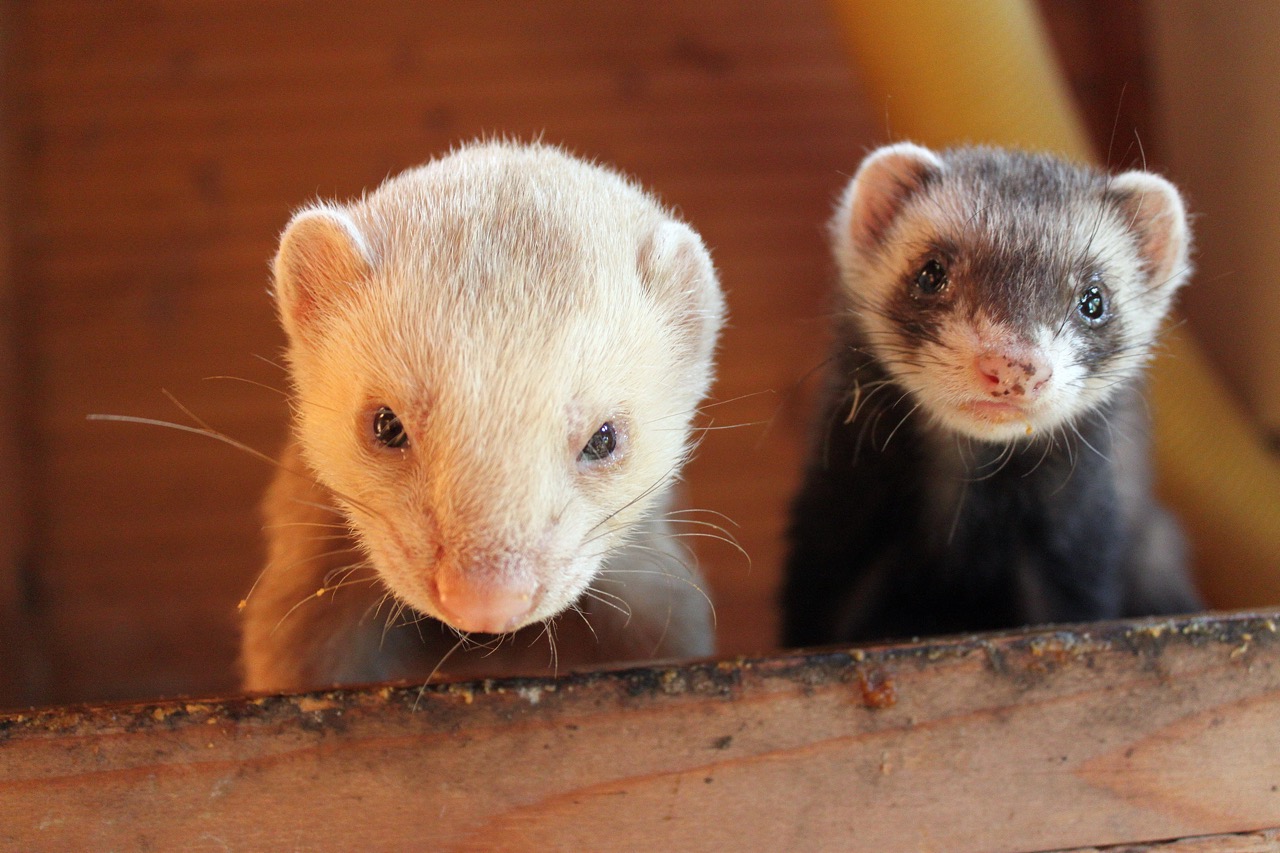Ferrets are playful, social animals that thrive in environments where they can express their natural behaviors. However, one of the most critical aspects of ferret care that often goes overlooked is the necessity of adequate space. Overcrowding in ferret cages can lead to stress, aggression, and health issues, impacting both the ferrets’ well-being and the enjoyment of their human caretakers. This article delves into the importance of space for ferrets, highlights factors contributing to overcrowding, presents effective management strategies, and offers tips for designing a ferret-friendly living environment.
Understanding the Importance of Space for Ferrets
Ferrets are naturally active and curious creatures that require ample space to explore, play, and rest. In the wild, they roam extensive territories, engaging in various activities that stimulate their minds and bodies. When confined to a small cage, ferrets can become bored, stressed, and more prone to developing behavioral issues such as biting or excessive grooming. Providing enough space is essential for their mental health and physical well-being.
A spacious environment allows ferrets to engage in their instinctual behaviors, such as digging, climbing, and tunneling. These activities are crucial for their cognitive development and help prevent the onset of boredom-related behaviors. Inadequate space can lead to a sedentary lifestyle, contributing to obesity and other health problems. Thus, creating an environment that sufficiently meets a ferret’s spatial needs is vital for fostering a happy and healthy pet.
Moreover, adequate space can help reduce territorial disputes among ferrets, especially in multi-ferret households. When ferrets feel cramped, they may become aggressive in establishing dominance over their limited territory. Providing enough room ensures that each ferret can carve out its space, reducing stress and promoting harmonious interactions. Ultimately, understanding the significance of space is the first step in preventing overcrowding and ensuring a fulfilling life for our furry companions.
Key Factors Contributing to Overcrowding in Cages
One of the primary factors contributing to overcrowding in ferret cages is the misconception that multiple ferrets can comfortably share a small space. Many owners may assume that ferrets, being social animals, will thrive in close quarters. However, this often leads to increased stress levels and conflicts among ferrets, as they require personal space to establish their territory. Understanding the specific needs of each ferret is critical to preventing overcrowding issues.
Another contributing factor is the size and design of the cage itself. Many commercial cages marketed for ferrets may not offer sufficient space for active play and exploration. Owners should be cautious when selecting cages, as some may not provide the vertical and horizontal space necessary for ferrets to thrive. Additionally, neglecting to regularly evaluate the living conditions can result in unintentional overcrowding, especially if new ferrets are introduced without proper consideration of the current space limitations.
Lastly, the lack of proper education on ferret care can lead to overcrowding situations. Many first-time ferret owners may not be aware of the minimum space requirements for their pets or the importance of providing enriching environments. Without proper guidance and resources, they may inadvertently house too many ferrets in a confined space. Educating oneself about ferret care and recognizing the signs of overcrowding can significantly impact the health and happiness of these delightful animals.
Effective Strategies for Managing Ferret Population
Managing the ferret population effectively is essential to prevent overcrowding. One of the most proactive steps is to establish limits on the number of ferrets that can be housed in a single environment. Assessing factors such as space, resources, and individual ferret personalities can help determine an appropriate number of pets for any household. By setting a cap on the population, owners can provide each ferret with the attention, space, and care it deserves.
Implementing spaying or neutering as a standard practice can also help manage the ferret population. These procedures not only prevent unplanned litters but also offer health benefits, such as reducing the risk of certain cancers and minimizing aggressive behavior. Owners should consult with a veterinarian experienced in ferret care to discuss the best timeline for these procedures and understand their implications for their pets’ overall well-being.
Additionally, fostering a culture of responsible pet ownership within the community can help curb the problem of overcrowding. Participating in or organizing educational workshops can raise awareness about the specific needs of ferrets and promote responsible breeding practices. By encouraging prospective ferret owners to consider their capacity to provide a suitable living environment, the risk of overcrowding can be significantly reduced.
Designing an Accommodating Ferret Living Environment
Creating an accommodating living environment for ferrets requires careful planning and consideration of their natural behaviors. A well-designed cage should be spacious enough to allow for movement, climbing, and interaction with toys. Multi-level cages or modular setups can be effective in maximizing vertical space, accommodating the playful nature of ferrets while providing areas for rest and private retreats.
Incorporating enrichment items such as tunnels, hammocks, and toys into the cage design can significantly enhance the living environment. These additions stimulate activity and creativity, helping ferrets engage in their instinctual behaviors. Rotating toys and changing the layout periodically can also keep the environment interesting and prevent boredom. An enriched environment not only promotes physical health but also contributes to mental stimulation.
Finally, it is essential to ensure that the living environment is safe and secure. Ferrets are known for their curious nature and ability to escape from enclosures. Owners should conduct regular inspections of the cage to prevent any potential escape routes and ensure that the environment is free from hazards. By providing a safe, spacious, and enriched living environment, owners can prevent overcrowding and promote a healthy lifestyle for their cherished ferrets.
Preventing overcrowding in ferret cages is vital for the well-being of these playful animals. By understanding the importance of space and the factors contributing to overcrowding, ferret owners can create a more harmonious living environment. Implementing effective population management strategies and designing accommodating spaces will not only enhance the quality of life for ferrets but also strengthen the bond between pets and their owners. With a commitment to responsible care, we can ensure that our ferrets lead happy, healthy, and fulfilling lives.










